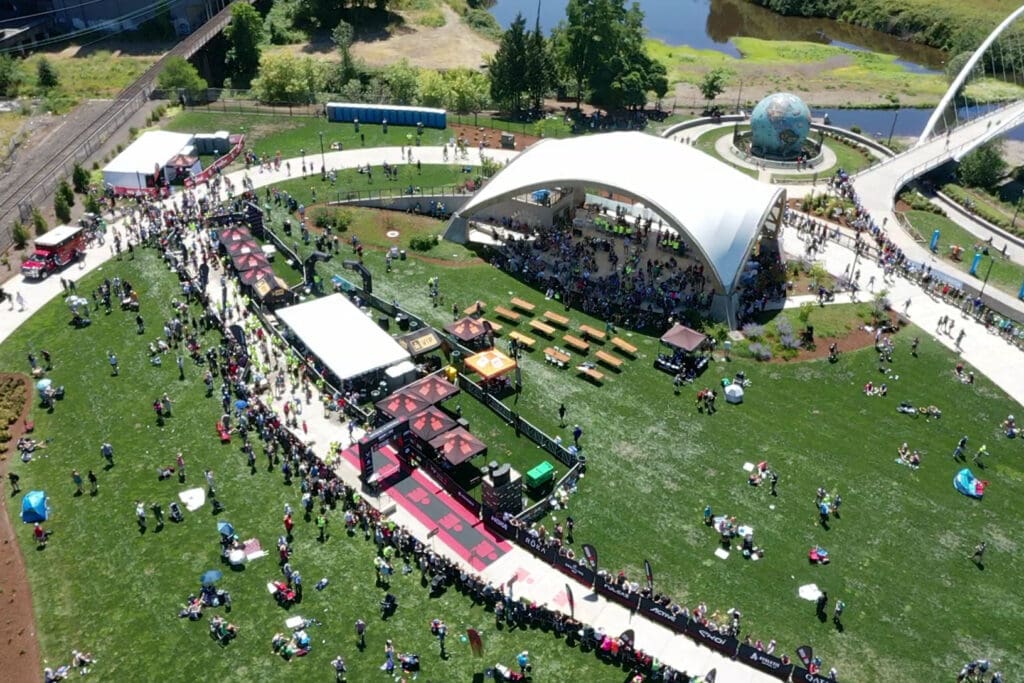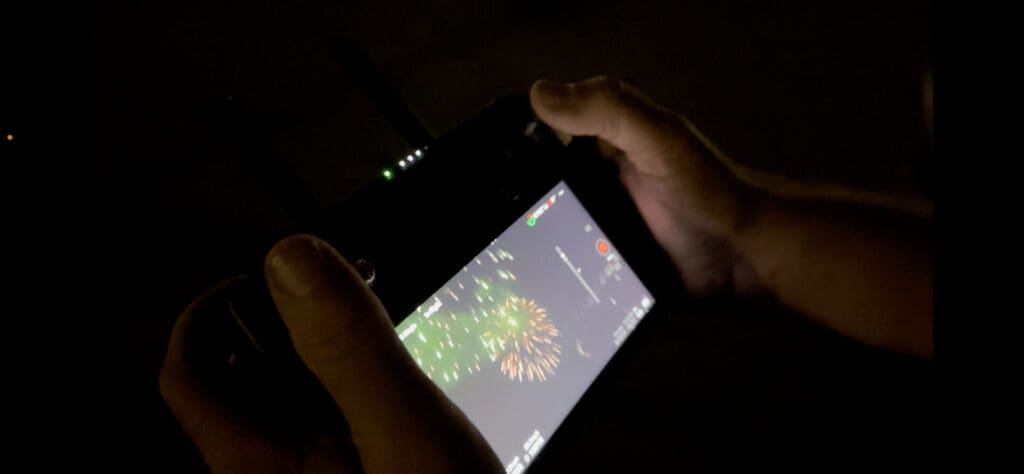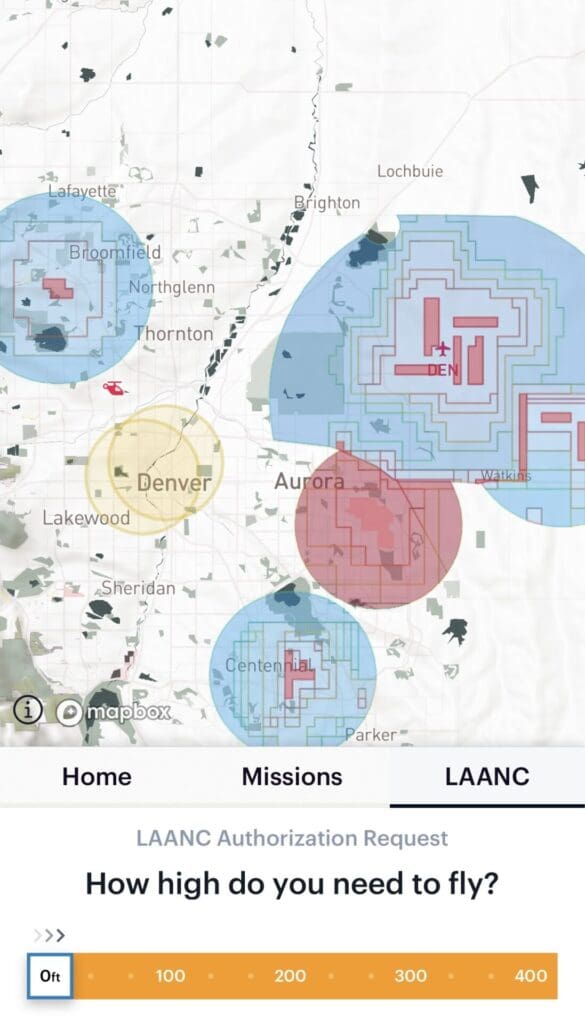Drones

Every day there are more drones up in the sky. As of this year, the FAA is tracking over 860,000 registered drones ( https://www.faa.gov/node/54496) in the United States. Given that only drones of over .55 pounds (250 grams) need to be registered with the FAA, and some of the most popular drones on the market are below that weight, you can imagine how many drones are out and about! With drones becoming easier to fly and regulations like LAANC making it easier to start flying, the sky truly isn’t the limit. Here at BCC Live, we’ve been longtime users of drones for our work in videography and event production. Let’s look at how we utilize drones in our day-to-day.

Drones Fly Faster than Ever
When you think of aerial photography and videography, it’s hard not to think of the old ways: An “eye in the sky” helicopter or light aircraft orbiting an event or a region, with a dedicated camera operator in the back lugging a full-size camera. While this system has its merits (and we certainly make use of it from time to time!) it’s a phenomenal undertaking for a small onsite team. A significant portion of your day is dedicated to traveling to an airport, registering a flight plan, and just being in the air to get your shots. With our fast-paced workflow and the high-energy events we cover, there just isn’t enough time!
With the lightweight consumer drones released in the last several years, this has been turned on its head. One of our team members can retrieve a drone from their bag or pocket and get it in the air to shoot 4K video in less than a minute. While we do still plan out flights, the speed at which we can get up and running (and then back down to shoot from a different angle) gives us unmatched versatility in the field. One team member can get more coverage of an event than ever before. And with two or more drones available? We can do just about anything.
That being said, it’s not just the hardware that gives us a leg up.


Fly Whenever, Wherever
Crucially, and as many drone pilots have learned, sometimes it’s not quite as easy a, “turning on your drone and going aloft.” Understandably, the FAA and its international counterparts have placed strict no-fly zones across many locations—chiefly in the vicinity of airports, though there are other areas, such as monuments and city centers. This aircraft blockage is a reasonable precaution… but when you’re flying a plastic drone that weighs less than a pound, it’s not really a hazard to anyone or anything. Is it possible to get clearance to fly, despite those regulations?

Well, as of 2017, it is. The LAANC program, a collaboration between the FAA and private industry, allows pilots to request flight clearance in almost any area. In most cases, especially when flying below 100 feet, you can receive LAANC clearance to fly within a minute! All you have to do is note where and when you plan to fly on a registered service.
Our personal favorite is the Aloft app—it provides data to a number of other apps, so why not go straight to the source? And Aloft, along with other apps, have only allowed you to specify a flight radius from your starting point for years—but in one of the most recent updates, you can specify a tightly-controlled area of any shape where you plan to fly, allowing you to avoid hazards in confined areas while getting clearance to fly just where you need to get the perfect shot. It’s now even easier for us to quickly get the right shot in the right place and make event videos even better. What’s not to love?
Let us show you what we can do with your event!
